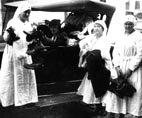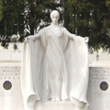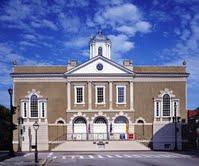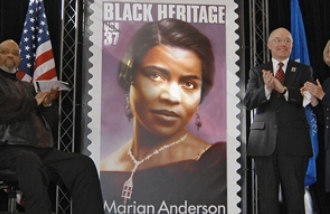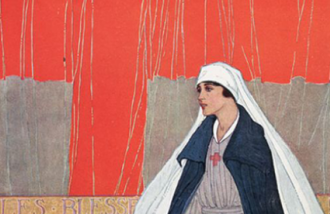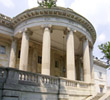Historical Significance:
The “Exchange” or “Customs House” was built to accommodate the expanding needs of the vast trading & shipping business that flourished in the City of Charles Town. The merchants and investors of the Charles Town’s elite petitioned the South Carolina colony’s Royal Assembly in 1767 to pass an act for an “Exchange” or “Customs House” to be built.
The citizens of Charles Town met her to protest the British Tea Tax on December 3, 1773. This was the first meeting of the SC General Assembly, and the birth of the present SC state government. The first shipment of taxed tea was seized by the local authorities, stored in the Exchange, and sold to help finance the patriot cause. The second cargo of tea was arrived on November 3, 1774, and the local merchants emptied the tea into the Cooper River; this was the City of Charleston’s “Tea Party”.
South Carolina declared independence from Great Britain from the steps of the Exchange on March 28, 1776. The local SC Patriots, led by Gen. William Moultrie, walled up 10,000 lbs. gunpowder in a secret chamber created by bricking in a false exterior wall. This was never discovered by the British during its occupation 1780-1782. The British Army also used the dungeon of the Exchange Building to confine military & political prisoners; notably, Arthur Middleton, Edward Rutledge, and Thomas Heyward, Jr.(signers of the Declaration of Independence), Lt. Governor Christopher Gadsden, and Col. Isaac Hayne (a prominent American to be executed at the Old Exchange during the American Revolution for treason against the British Crown).
The Exchange was conveyed to the City of Charleston in 1783, and was used by the SC General Assembly in 1788 when their meeting place was destroyed.
South Carolina's Constitutional Convention was held in the "Great Hall" of the Exchange Building, and on May 23, 1788 South Carolina became the eighth state to ratify the United States Constitution.
President George Washington visited the city of Charleston for a week in 1791. A ball was held in the president's honor in the "Great Hall" of the Exchange Building.
The “Exchange” Building was conveyed to the Federal government in 1818 by the City of Charleston. It became the Post Office, and continued to be used as the Post Office and Federal office until 1896 when it was vacated. The building had been damaged by an earthquake in 1886. The US government decided to sell the building, but in 1898 it was turned over to the U.S. Light House Department (Coast Guard) for its use. (Wording provided by the Rebecca Motte Chapter, NSDAR Historic Property form.) Photo from Old Exchange Brochure obtained by written permission by Tony Youmans Director, The Old Exchange & Provost Dungeon


